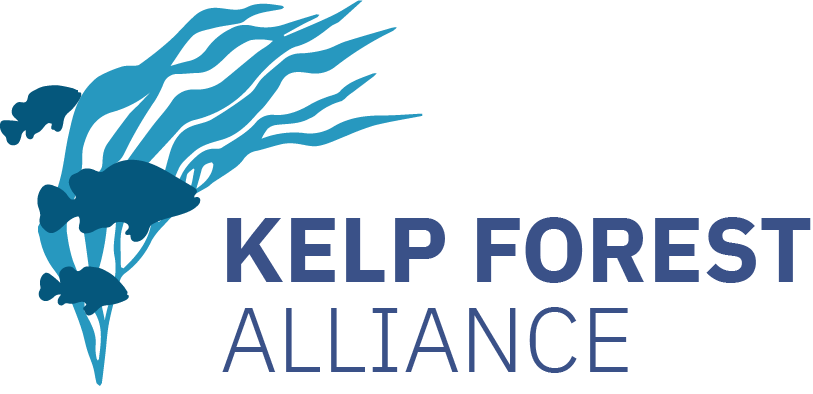Restoration Objective:
The aim of this study was to use genomics to determine the influence of transplant donor site on the success of restoration of Phyllospora comosa, in order to improve restoration outcomes and restore historical populations.
Site Selection Criteria:
Sites were selected that were moderately exposed with large, flat boulders at 4-5m depth and no crayweed present.
Cause Of Decline:
Crayweed (Phyllospora comosa) is a dominant macroalga that forms extensive underwater forests along the south-east coast of Australia. Phyllospora underpins coastal biodiversity and valuable ecosystem functions and services such as secondary production and nutrient cycling, but disappeared from 70 km of Sydney's coastline in the 1970–1980s. While this decline was likely due to poor water quality, which has since improved, Phyllospora has not returned naturally. This is likely due to recruitment limitation.
Key Reasons For Decline:
Water Pollution
Scientific Paper
Using genomics to optimise and evaluate the performance of underwater forest restoration
Journal of Applied Ecology.
https://doi.org/10.1111/1365-2664.13707Organisation:
The aim of OPERATION CRAYWEED is to bring crayweed back to reefs where it once flourished and to re-establish this essential habitat and food source for Sydney’s coastal marine biodiversity.
Scientists at Operation Crayweed have already developed a successful method to create crayweed forests on reefs where they were once dominant, by transplanting healthy, fertile adults from existing populations and attaching them to deforested rocks using biodegradable mesh drilled into the bottom. There, they survive, they thrive and they start having sex - a lot of sex.




